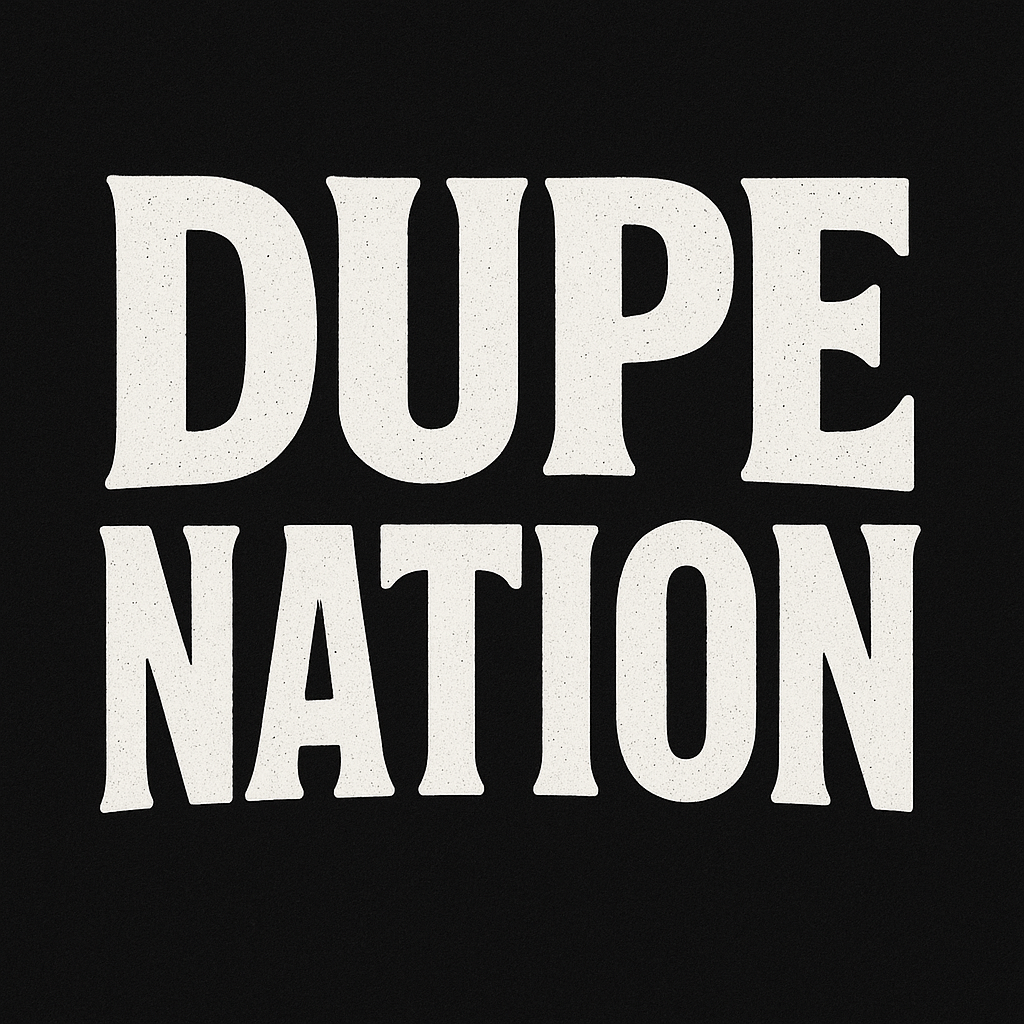
Fake It ‘Til You Sell It
Once upon a time, buying a fake bag meant a sketchy street corner and some awkward eye contact. In 2025? It’s just another day on TikTok.
We don’t say “counterfeit” anymore — that’s way too harsh. Now it’s “dupe,” the friendly little word that makes selling knockoffs sound like an act of social justice. Affordable luxury for all! Robin Hood, but with lip gloss.
Influencers unwrap their “inspired-by” finds like they’re curing inflation. Spoiler: they’re not.
The $467 Billion Elephant In The Room
While Gen Z is out here doing haul videos of almost-Pradas and barely-Chanels, the global counterfeit market has ballooned to a casual $467 billion. That’s billion with a B. And no, it’s not just handbags anymore — we’re now duping medication, car parts, and baby formula. Because nothing says “iconic” like brakes that don’t work.
But hey, at least your eyeliner matches your sense of danger.
Brands, Beware: You’re Being Flattered… Aggressively
Some call it admiration. We call it brand identity theft in a trench coat.
Dupe culture is eroding brand value faster than you can say “intellectual property.” Logos are left off just enough to avoid a lawsuit, but the design? Copy-pasted like a bad homework assignment. Meanwhile, the real brands are left playing legal ping-pong in a grey area the size of the internet.
So What’s A Brand To Do?
At Cuservi, we help brands spot trouble before it trends:
- Track down copycats (the digital kind, not the cute ones).
- Monitor marketplaces and social media in real time.
- Strengthen your IP like it’s going to the gym.
- Actually teach consumers why the original matters.
In Conclusion: It’s Not Just A Dupe — It’s A Red Flag
Let’s stop pretending a dupe is a clever little bargain. It’s not flattery. It’s not fashion. It’s someone else profiting off your ideas — and risking lives while they’re at it.
Because if everyone’s selling your product… and you’re not even in the room… who’s really winning?









